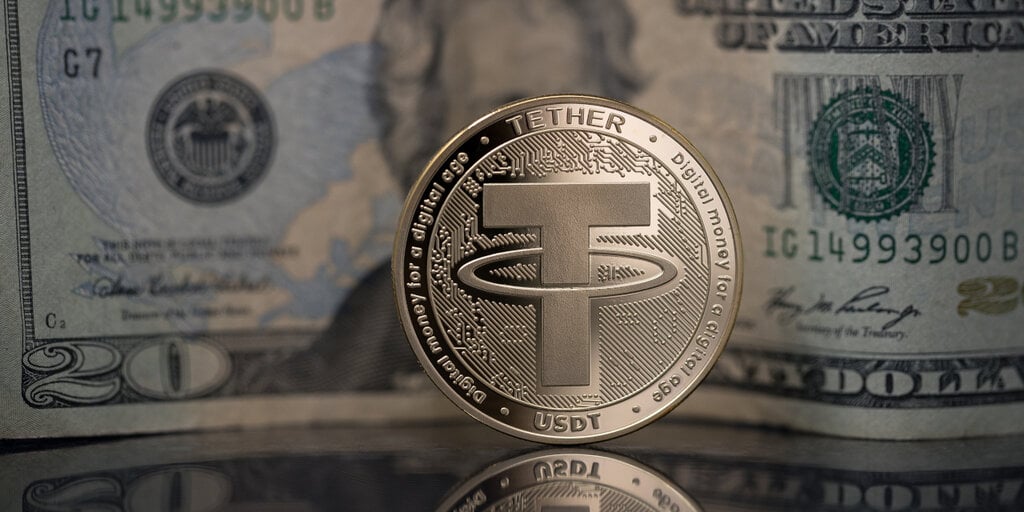
USDT, the crypto industry’s largest stablecoin by market capitalization, has experienced a slight depeg throughout nearly all of August, according to a recent Kaiko research.
Stablecoins are digital currencies pegged to a particular asset, such as the U.S. dollar or the British pound. However, in times of extreme volatility, they can lose their peg to those assets, either dropping or rising in value relative to the asset they aim to represent.
Historically, instances of USDT losing its peg to the U.S. dollar have been linked to various factors, including its issuer Tether’s redemption fee, reduced liquidity in the market, and the minimum redeemable amount requirements established by Tether.
Kaiko analyst Riyad Carey, however, introduced a new metric called “depeg severity,” which is based on a stablecoin’s total trading volume.
The severity threshold for depegging decreases as the trading volume increases, whereas the value lost due to peg deviations increases as a stablecoin’s trading volume grows.
USDT has been depegging all month. Why hasn’t anyone noticed?
In this week’s Deep Dive we propose a novel method of rating stablecoin depegs, check it out below ⬇️https://t.co/o8LuiTMSqW
— Kaiko (@KaikoData) August 31, 2023
While other stablecoins like TUSD, BUSD, DAI, and USDC also experienced minor depegging events over the course of the year, the report suggests they were relatively more stable and less sensitive to deviations from the U.S. dollar.
USDT’s consistent discount is ’cause for concern’
The most severe incident for USDT this year to date, per the report, occurred on August 7 at around 8 am UTC, when USDT traded at a 2% discount compared to its $1 peg on nearly every trading platform.
This depegging event followed reports of approximately $500 million in net selling of USDT across major crypto exchanges like Binance, Huobi, and Uniswap.
“USDT has a peg stability problem. Its redemption fee and minimum means it’s often rational for USDT holders to sell the token on the market rather than redeem it for USD with Tether,” wrote Carey. “As liquidity has dwindled, the market is no longer able to absorb significant USDT selling.”
According to the analyst, the USDT depegs “are not huge” in price terms, however, “its consistent discount is cause for concern and could seriously erode trust if it continues.”
In response to these findings, Carey suggested that Tether should consider removing its redemption fee and minimum requirements.
“The obvious solution is for Tether to remove its redemption fee and minimum,” argues Carey. “Tether reported an $850mn profit in Q2; removing the fee would not have a significant effect on profits unless the company believes that making redemptions cheaper would significantly decrease USDT’s supply.”
Currently, Tether charges a 0.1% fee for fiat withdrawals over $1,000, meaning that USDT is redeemable at $0.99, with the minimum fiat withdrawal or deposit set at $100,000.
Another catch is that users have to pay a non-refundable amount of $150 for “verification,” which, according to Tether, “is intended to ensure that only those who are serious about establishing an account apply.”
Kaiko and Tether didn’t immediately reply to Decrypt’s requests for comments.








